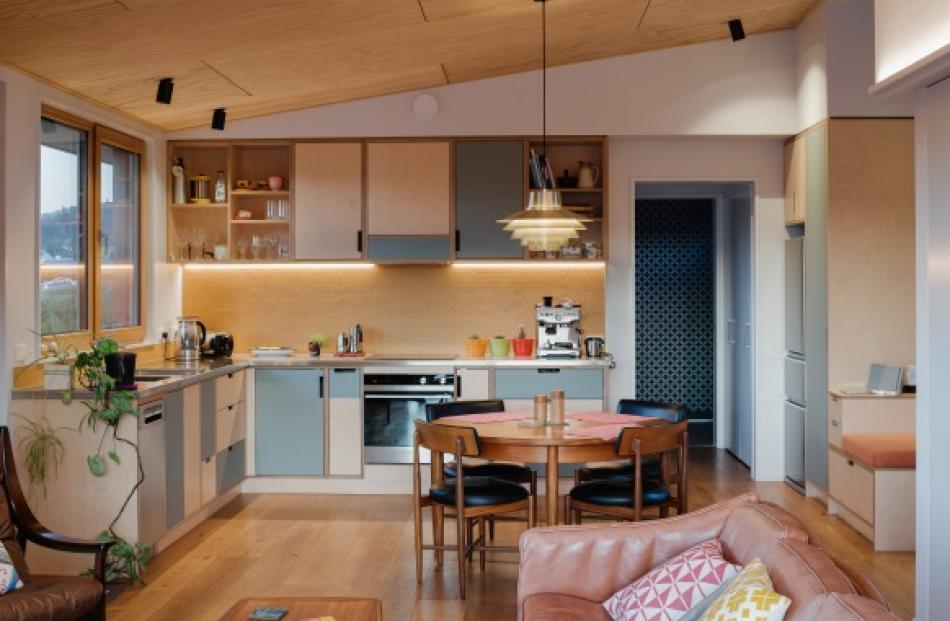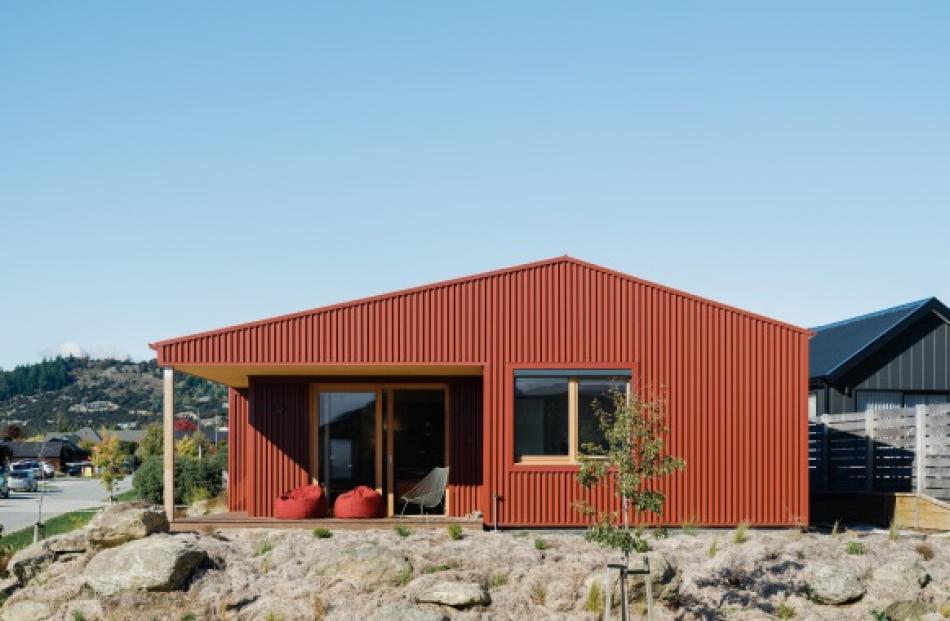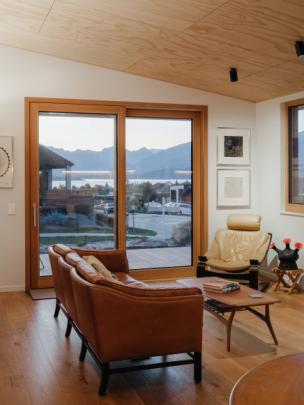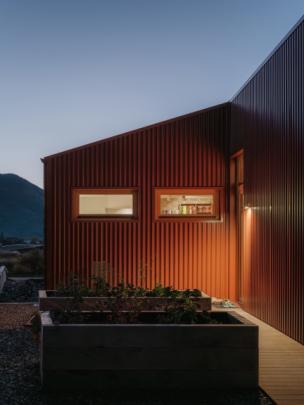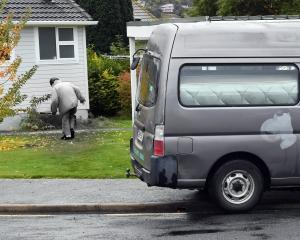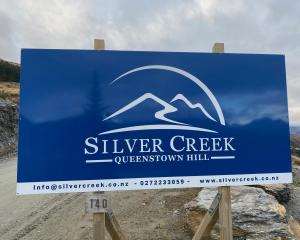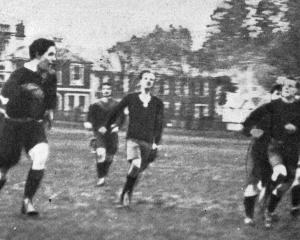Some people building new homes have only a general idea of what they want. The owners of this low-energy Wanaka house had very specific requirements.
"The brief was to incorporate mid-century furniture and 10 bikes and to keep it to 100sq m," architectural designer Virginia Barlow of VBA Ltd says.
After living in London in a 78sq m flat they found "plenty big enough", her clients, Sarah Allen and Tim Smith, returned to New Zealand determined to build a small, high-performing house.
Ms Allen says part of their brief was that it would be a maximum of 100sq m, plus the garage.
"We don’t need lots of bedrooms and great big living spaces."
"We enjoy spending our time outdoors, doing things. And we don’t want to spend a lot of time and money cleaning and heating."
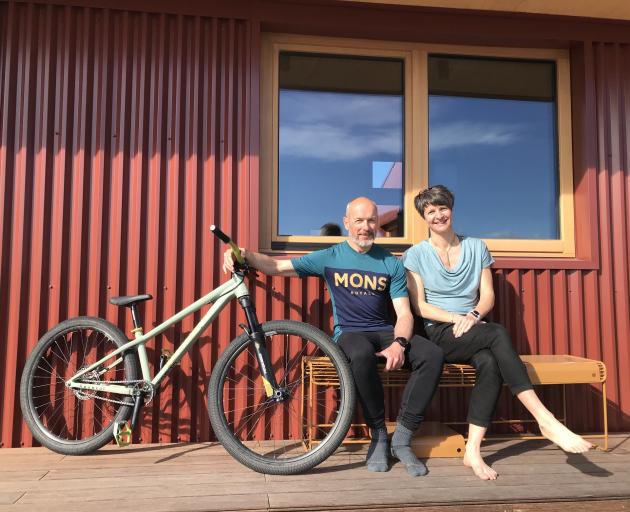
As requested, there is also a hanging system in the garage for up to 10 bikes. In London, the couple had nine, which they had to store in a bedroom and under the stairs. "We’ve downsized by a couple, but there’s definitely always the possibility of acquiring another one,"Ms Allen says with a laugh.
The owners’ interest in low-energy homes began with a visit to a certified passive house in London. Despite it being only 6°C outside, the interior was cosy and there was no condensation. It was such a "revelation" that Ms Allen decided to train as a passive house consultant when they returned to New Zealand.
The first project she worked on, their own home is a certified "low energy building" that incorporates passive house principles.
Passive house buildings are designed to be warm, dry and comfortable and take very little to heat.
Like many, this one is well-insulated with an airtight building envelope to prevent energy losses, triple-glazed timber-framed windows, and a mechanical ventilation system to draw in fresh air and remove stale, moist air.
There’s no fireplace or under-floor heating; just small electric radiators for the coldest months.
Their power bills average about $100 a month, including heating, cooking and water heating.
Barlow said they tried to balance achieving a low-energy building with designing for the site and the budget constraints and giving a sense of spaciousness in the small footprint.
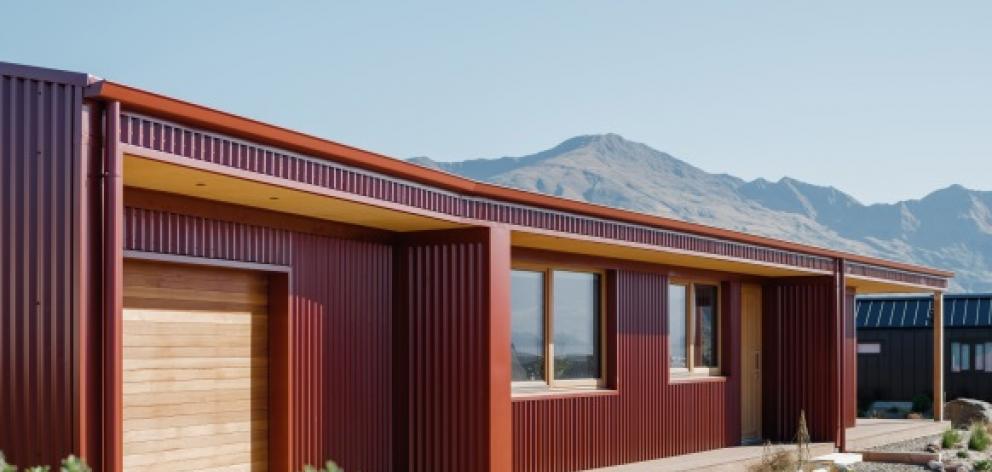
"[Another] good decision we were able to make because we had the energy model was to reduce some window widths by 400mm to 500mm. This saved us money, improved the performance of the house for both heating and avoiding overheating — and gave us a bit more wall space for hanging pictures."
"What’s nice about energy modelling is you can make those decisions and you know what impact they will have. You’re not flying blind."
The couple also opted to make the house wheelchair accessible, not only because a friend uses a wheelchair, but because they want to be able to stay in the home themselves for as long as possible.
The red corrugated cladding was inspired by Doc mountain huts.
The striking exterior helped the property win the regional colour award at the Architectural Designers of New Zealand (ADNZ) awards but, according to Barlow, it also led to some "debates" with the owner of The Heights subdivision.

